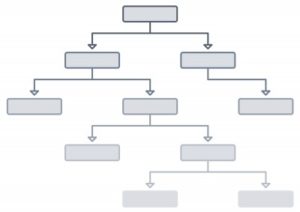How to Properly Shorten Client Meetings That Drag On
 In my last post, I wrote about how to recognize bad clients before you make the mistake of taking on the representation. Among the responses I received, there was a request to discuss how to deal with basically good clients with a few unappealing behaviors. These are clients you want to keep, but you just wish that it was a little easier to deal with them in some respect. In this post I’ll make some suggestions on how to wrap up meetings with clients who take up too much of your time. […]
In my last post, I wrote about how to recognize bad clients before you make the mistake of taking on the representation. Among the responses I received, there was a request to discuss how to deal with basically good clients with a few unappealing behaviors. These are clients you want to keep, but you just wish that it was a little easier to deal with them in some respect. In this post I’ll make some suggestions on how to wrap up meetings with clients who take up too much of your time. […]





 Jeramie Fortenberry is the founder of
Jeramie Fortenberry is the founder of 


